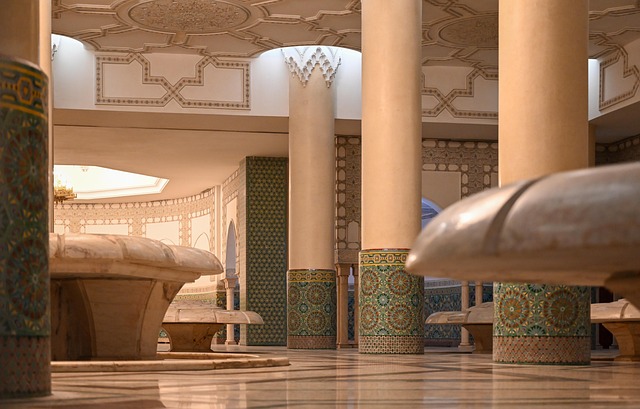Mosaics, with their vibrant tiles and intricate designs, offer a glimpse into the mesmerizing world of patterned surfaces that have captured the imagination of artists and cultural connoisseurs alike. This art form has transcended time and geography, illustrating the beauty found in diverse cultures throughout history. From the grand Roman and Byzantine mosaics that adorned the floors of majestic cathedrals to the modern interpretations seen in contemporary art installations, the charm of patterned surfaces lies in their ability to narrate stories through colors, shapes, and textures.
In the realm of fine arts, the technique of creating mosaics demands not only an artistic vision but also a meticulous attention to detail. Artists painstakingly select each tile, considering how each piece interacts with others to create a harmonious whole. This deliberate process compels one to appreciate the intricate beauty of the patterned surfaces, where each fragment plays a role in a larger narrative. The finished product often evokes a sense of awe, as one marvels at how ordinary materials can transform into extraordinary works of art.
Beyond aesthetics, mosaics serve as cultural artifacts that reflect the values, beliefs, and traditions of the societies that create them. For instance, Islamic mosaics often feature geometric patterns that symbolize unity and the infinite nature of creation. Meanwhile, the colorful glass mosaics of ancient Rome celebrate the vibrancy of life through depictions of gods, nature, and everyday activities. Each piece of tile is a testament to the craftsmanship and the identity of its culture, inviting viewers to connect with the past while appreciating the artistry displayed on patterned surfaces.
Contemporary artists continue to explore and reinterpret the art of mosaic, infusing modern elements with traditional techniques. This fusion creates a dialogue between the old and the new, allowing for innovative expressions that resonate in a globalized world. Artists use patterned surfaces to address contemporary themes, such as environmentalism, urbanization, and social justice, making the art form relevant in today’s context.
Moreover, mosaics possess a unique ability to invite interaction. Many modern installations encourage viewers to engage physically with the artwork, perhaps by walking on or touching the patterned surfaces. This tactile experience deepens the connection between the observer and the art, transforming passive viewing into an active exploration of texture, color, and form. Each step taken on a mosaic floor can lead to a new discovery, urging one to appreciate the complexity of the artistry beneath their feet.
The magic of mosaics lies in their rich tapestry of cultural significance, artistic merit, and sensory experience. Whether it’s the reflective solitude of a museum or the vibrant chatter of a public square, mosaics create spaces for contemplation, celebration, and connection. They remind us that beauty can be found in the collective—each individual tile contributing to a greater narrative, echoing the diversity of human expression throughout history.




